Nodular melanoma is severe, life threatening form of skin cancer and common type of melanomas.
What is Melanoma?
Melanoma is a cancer that affects pigment melanin that gives the color to the skin, eyes and hair. In melanoma, malignant tumor originates in the cells that produce melanin, known as melanocytes. Melanoma rarely affects eyes and internal organs. No one knows what causes melanoma but there are certain risk factors that increase the chance of developing this type of cancer.
The risk factors for melanoma include exposure to ultra violet radiation from sun or sunlamps and tanning booths, severe sunburns, having many moles and family history of melanoma. Among different types of melanoma, nodular melanoma is the most aggressive and fatal type of skin cancer. Nodular melanoma accounts up to 20% of all melanoma cases. It is more frequently seen in man than in women and commonly affects people after the age of fifty.
- Increasing age
- Previous invasive melanoma or melanoma in situ
- Many melanocytic naevi (moles)
- Multiple (>5) atypical naevi (funny-looking moles)
- Fair skin that burns easily
Symptoms of Nodular Melanoma
The most affected areas for nodular melanoma include legs, arms, upper torso, neck and the scalp. Nodular melanoma is featured by dome-shaped bumps dark in color but it often may turn blue, white, gray, red, brown or tanned. Small percentage of nodular melanoma is without pigment and they are called amelanotic melanoma. The bump may reach diameter of 1-2 cm or larger.
Nodular melanoma generally doesn’t develop from an existing mole or lesion but starts in normal skin. They usually appear as black nodule that may be swollen, tender and sometimes itchy. Nodular melanoma grows fast once it forms. This makes difficult to predict a course of the disease since, it spreads rapidly and eventually metastasizes to internal organs. Nodular melanoma can be fatal within months of recognition but if the cancer is diagnosed and treated in early stages there are higher survival rates.
Treatment of Nodular Melanoma
Since nodular melanoma is very aggressive form of skin cancer it requires aggressive treatment and constant monitoring of the patients. Nodular melanoma can be treated with chemotherapy, radio therapy and surgery. Chemotherapy has proven effective in treatment of most nodular melanomas. This treatment involves administration of chemotherapy drugs either in a form of pill or intravenously. Still, there is a concern with chemotherapy that the disease will come back and it is important to confirm all cancer cell have been killed.
Radiotherapy is used to treat the symptoms of the cancer that has spread to other organs with high energy x-rays. Treatment of nodular melanoma also includes enhancing patient’s immune system to fight against the cancer. Surgical treatment is used when nodular melanoma has spread beyond the skin.


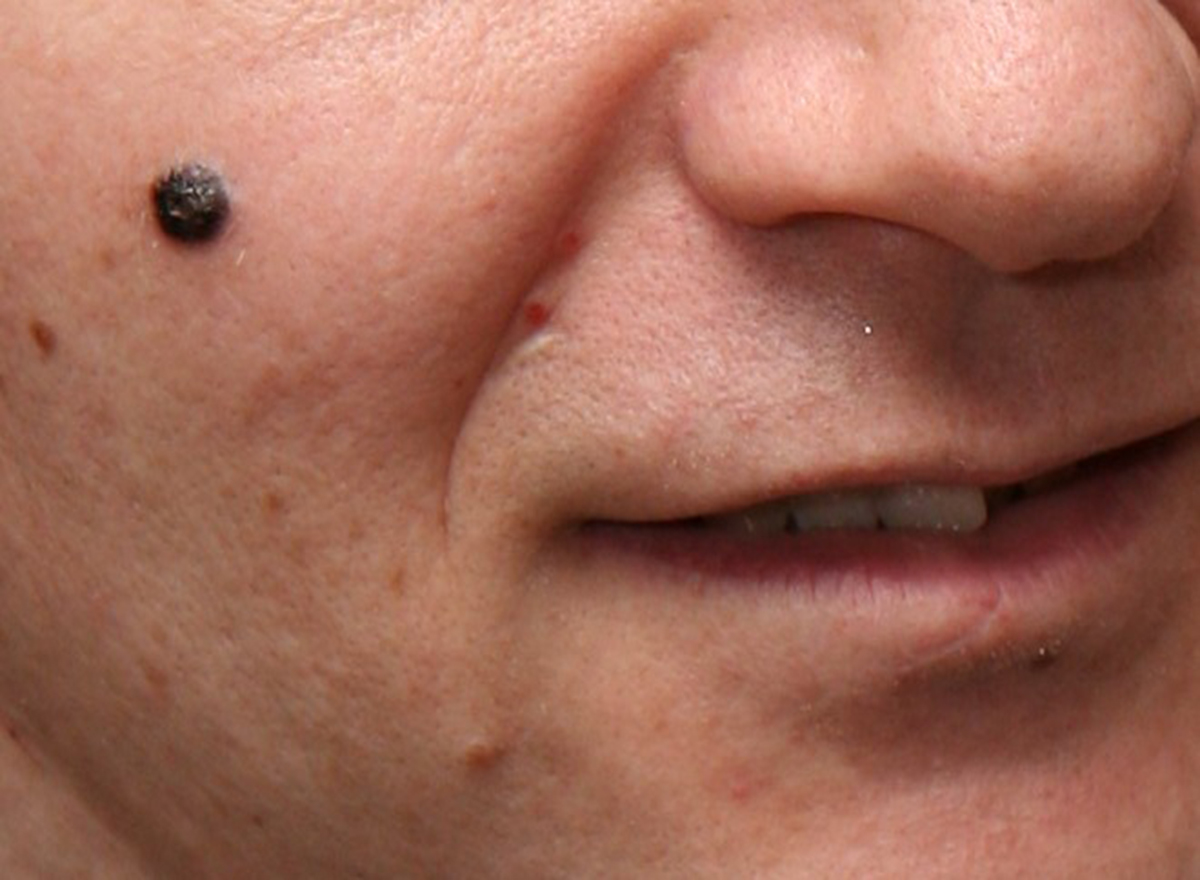


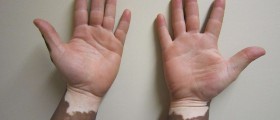
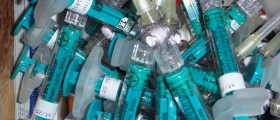

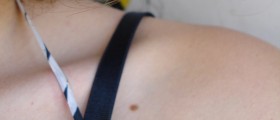



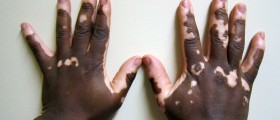
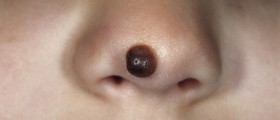




Your thoughts on this
Loading...